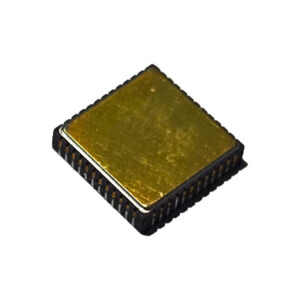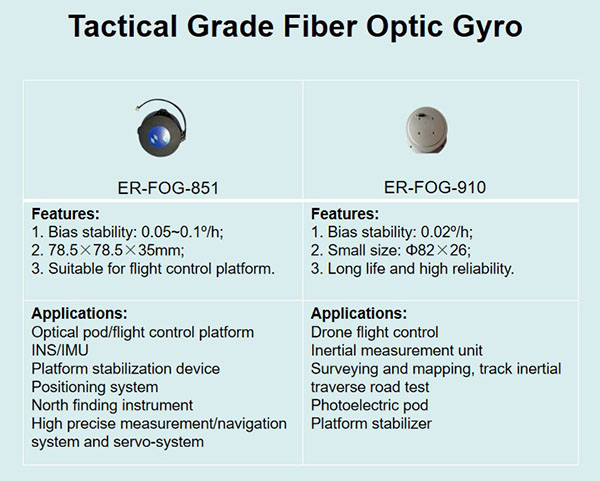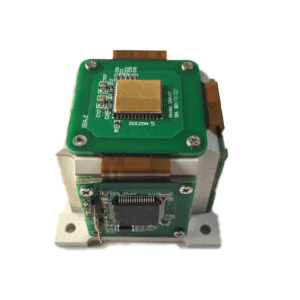ERICCO's newly released MEMS accelerometer ER-MA-6 Ultra High Precision MEMS Accelerometer can output continuous, ultra-precise position, speed and attitude information, providing new solutions for autonomous navigation, surveying and mapping, motion analysis and other fields.
This is the most accurate product among ERICCO's MEMS accelerometer products, and it can be regarded as the top MEMS accelerometer in China.
ERICCO's newly released MEMS accelerometer ER-MA-6 Ultra High Precision MEMS Accelerometer can output continuous, ultra-precise position, speed and attitude information, providing new solutions for autonomous navigation, surveying and mapping, motion analysis and other fields.
This is the most accurate product among ERICCO's MEMS accelerometer products, and it can be regarded as the top MEMS accelerometer in China.
Main functions and advantages of ER-MA-6:
1.Higher accuracy
ER-MA-6 is a MEMS accelerometer with a large range, ultra-high accuracy, high reliability and low power consumption.
2.ER-MA-6 Features
Large range, ultra-high accuracy, high reliability and low power consumption
Type II nonlinearity: <10µg/g2
Bias stability (1s smoothing) (1σ): <15ug
Bias stability (1s smoothing): <5ug
Bias instability (Allan curve): <2ug
1.Higher accuracy
ER-MA-6 is a MEMS accelerometer with a large range, ultra-high accuracy, high reliability and low power consumption.
2.ER-MA-6 Features
Large range, ultra-high accuracy, high reliability and low power consumption
Type II nonlinearity: <10µg/g2
Bias stability (1s smoothing) (1σ): <15ug
Bias stability (1s smoothing): <5ug
Bias instability (Allan curve): <2ug
Applications of ER-MA-6:
Inertial measurement: inertial guidance, overload measurement, integrated navigation
Tilt measurement: antenna attitude, platform measurement, tilt angle test
Vibration measurement: mechanical equipment, bridges and dams, safety tests
Ericco has an excellent R&D team. As a product independently developed by Ericco, ER-MA-6 has a professional and efficient product line.
For more information, please indicate in the “Ask for a Quote” box at the bottom of the page that you learned about this North Finder from Blogger.: https://www.ericcointernational.com/accelerometer/ultra-high-precision-mems-accelerometer.html
Inertial measurement: inertial guidance, overload measurement, integrated navigation
Tilt measurement: antenna attitude, platform measurement, tilt angle test
Vibration measurement: mechanical equipment, bridges and dams, safety tests
Ericco has an excellent R&D team. As a product independently developed by Ericco, ER-MA-6 has a professional and efficient product line.
For more information, please indicate in the “Ask for a Quote” box at the bottom of the page that you learned about this North Finder from Blogger.: https://www.ericcointernational.com/accelerometer/ultra-high-precision-mems-accelerometer.html

.jpg)


.jpg)



.jpg)
